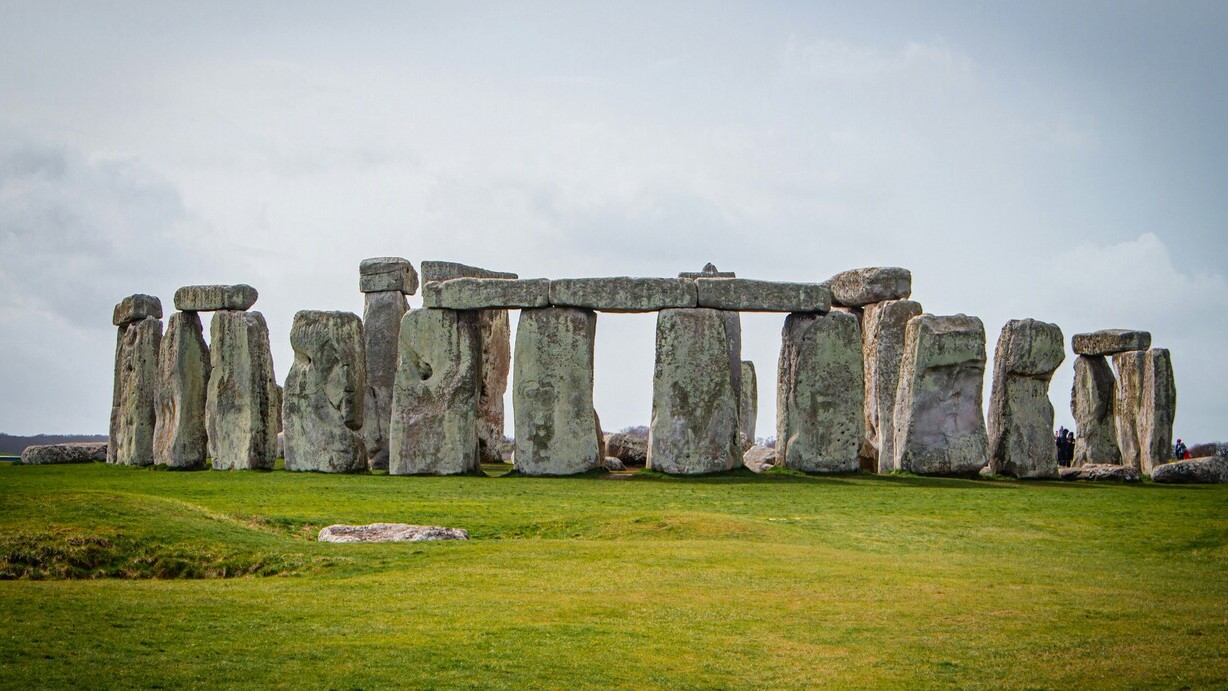Truth & Goodness
The Fall of the Literary Nobel: Why Are Laureates Unread?
14 December 2025

New research, published in Microbiology Spectrum, revealed a mysterious bacterium, Tersicoccus phoenicis, could fake death so perfectly it fooled NASA systems for years. It survived UV sterilization and harsh chemicals, hiding inside the cleanest facilities on Earth. Now, scientists finally know the secret behind NASA's 'sleeping' bacteria survival.
Engineers working on the Phoenix Mars Lander at the Kennedy Space Center in Florida ensured their assembly room met absolutely sterile conditions. No bacteria should’ve gotten in. The facility used air filters, UV radiation, and regularly sprayed biocidal chemicals. Bacterial survival in such extreme conditions felt almost impossible.
However, in 2007, NASA engineers found a previously unknown microorganism inside that room. What’s more, they detected the same bacterium inside an equally sterile facility at the European Space Agency base in French Guiana, 4,000 km (2,500 miles) away. Consequently, the scientific community faced a major puzzle: Where did this organism come from?
Scientists at NASA spent the following years studying the mysterious microbe. Although almost two decades have passed since its initial discovery, a recent analysis by researchers at the University of Houston finally allowed them to fully uncover the organism’s secrets. Furthermore, the results of their experiments have been published in the journal Microbiology Spectrum.
Typically, when scientists take a swab from a surface and place it on a special culture medium, any bacteria in the sample immediately begin to grow, making them visible. T. phoenicis, the enigmatic bacterium from the space bases, did not behave this way. This behavior made it incredibly difficult to detect.
It turns out the microbe enters a state of deep hibernation resembling total cell death. During this time, it doesn’t reproduce, doesn’t take in nutrients, and appears completely inert. Nevertheless, a special mechanism allows it to wake up.
Researchers named the bacteria Tersicoccus phoenicis. The first part combines the Latin word tersi (“clean,” referring to the conditions of its discovery) with the Greek coccus (a berry, referring to the organism’s shape). The second part refers to both the Phoenix Mars mission, where the bacterium was first noted, and the mythological Phoenix—the bird that rises from its own ashes. This connection to the legendary creature is not accidental.
The microorganism is capable of this exact type of “resurrection.” University of Houston scientists discovered the bacterium possesses a gene that allows it to code for a special protein called Rpf. The microbe only needs to come into contact with this chemical compound to wake up from its deep sleep.
Crucially, it doesn’t need much for this reawakening, as the Rpf protein is almost ubiquitous. Various bacteria secrete it, including one species commonly living on human skin. This means a hibernating T. phoenicis hitching a ride on a super-clean spacecraft would have no problem waking up and thriving after a long period of dormancy. Therefore, this finding confirms that NASA’s ‘sleeping’ bacteria survival in conditions as extreme as deep space is entirely possible.
Why does this matter? Missions to Mars specifically aim to search for signs of extraterrestrial life. If an awakened T. phoenicis were found in one of the collected samples, scientists could mistakenly assume it was an organism living on the Red Planet.
Had it not been for the accidental discovery of this bacterium and the subsequent understanding of its life cycle, finding T. phoenicis in samples returned from Mars might have been hailed as a sensational discovery of alien life. Now that we know this bacterium can potentially survive a space journey, scientists will scrutinize every trace of a living organism brought back from the Red Planet. That potential cosmic organism may, in fact, be an awakened, hibernating bacterium inadvertently carried from an Earthly clean lab.
Read this article in Polish: NASA odkryła bakterię, która potrafi udawać martwą. Znamy jej sekret

Science
13 December 2025


Zmień tryb na ciemny